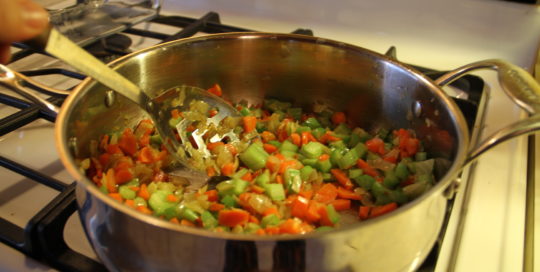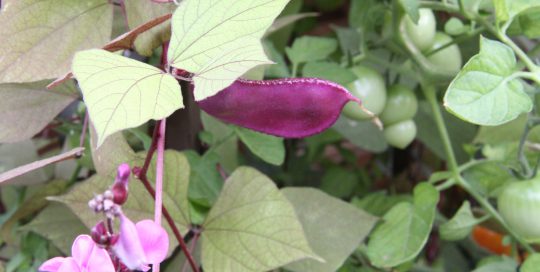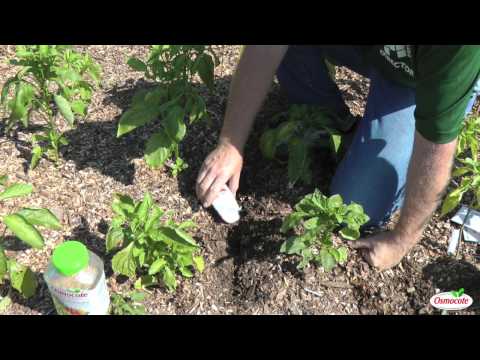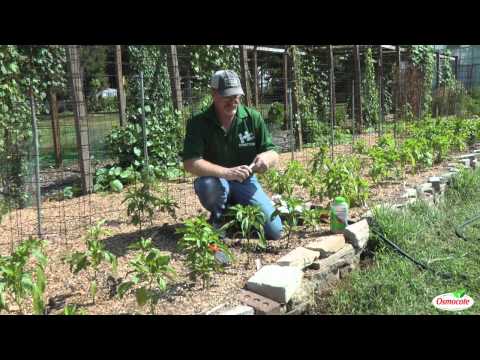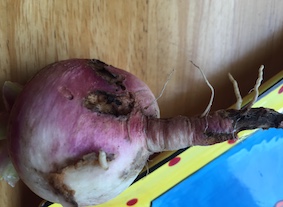Cont.
Nantes: Like the Danvers, Nantes carrots grow to a medium length of about 6-8 inches. Unlike the Danvers, Nantes are almost perfectly cylindrical in shape, with essentially no taper and a rounded top and tip. Named after the region in France where they originated, Nantes carrots are crisp and sweet, and often have a deep reddish-orange flesh. These carrots are quick to mature, and can be planted in late spring for a summer harvest.
Chantenay: A bit shorter in length than the Danvers or Nantes, Chantenay carrots only reach 5-6 inches, allowing them to be grown successfully in containers or heavier soils. They don’t push quite as deep into the ground. They have wide shoulders that taper into tips. Chantenay carrots also have a coarser texture than some of the other types. Harvest them in a timely fashion for the best flavor.
Imperator: Most similar in appearance to the Danvers, Imperator carrots are long, (8-10 inches!). They have a smooth body and narrow shoulders tapering into tips. These carrots are high in sugar, store well, and can be eaten fresh or processed. They are often grown commercially for sale in grocery stores throughout the United States.
Ball: As their name suggests, these are globe-shaped miniature carrots. They are small, (typically only 1-1/2 to 2 inches in diameter), and round. Ball carrots resemble a little orange radish more than a traditional carrot. They are an excellent choice for containers. they have short roots that don’t require much growing space. Plus, their foliage is edible as well. They’re a perfect choice for snacking and salads.
Beets
Closely related to spinach and Swiss chard, beets are a fast-growing cool-season vegetable with edible greens and roots that come in shades of red, yellow, and white. There are even striped varieties! Beets thrive in full sun and well-drained soil. They grow quickly, and can withstand frost and temperatures near freezing. This culminates in making them a mainstay for northern gardeners. Beet roots can be baked, boiled, roasted, eaten raw, pickled, or juiced. They are rich in nutrients like betalains, fiber, and folate. Beet greens are delicious (and nutritious!) cooked or eaten raw as well.
Unlike many root vegetables, beets can be started inside from seeds and transplanted into the garden in spring. Although, it’s easier to simply sow them directly outdoors. Beds should be weeded and watering must be consistent to avoid roots with a hard stringy texture. Covering with a layer of mulch after planting will help prevent weeds. Keep soil cool and moist. Beets can be harvested when they reach anywhere from and 1-4 inches in diameter. However, harvesting when roots are smaller tends to result in better flavor and texture. When trimming greens from the top, be careful to leave a couple inches of stem to prevent roots from “bleeding.” Keep the greens for use in salads and sautés.

